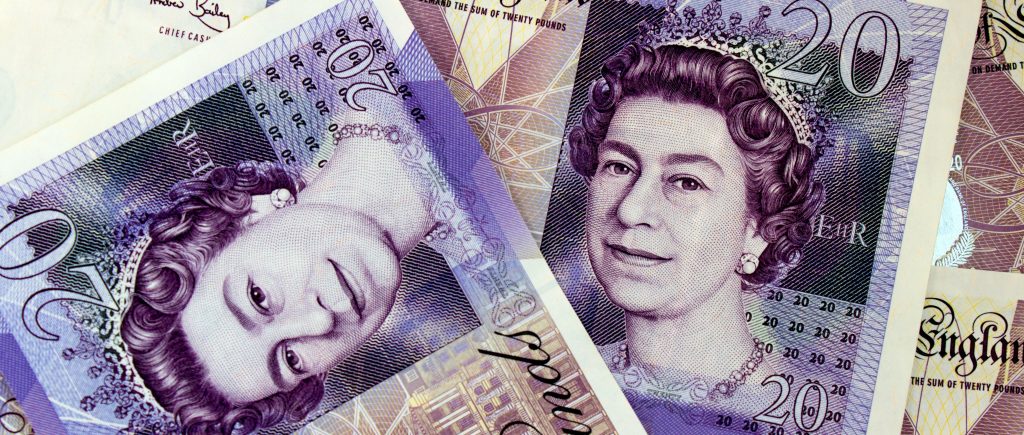The British pound weakened against the U.S. dollar on June 17, 2025, driven by heightened geopolitical tensions in the Middle East and a broader retreat from risk in global financial markets. Escalating conflict between Iran and Israel, marked by Iran’s bombing of an Israeli intelligence facility and Israel’s reported killing of Iran’s newly appointed army chief of staff just four days into his role, has fueled market caution. With no signs of de-escalation, the dollar has surged as a safe-haven asset, pressuring major currencies like the pound. This article examines the factors behind sterling’s decline, the broader market implications, and what lies ahead for the UK’s currency.
Geopolitical Tensions Boost the Dollar
The intensifying Iran-Israel conflict has rattled global markets, curbing risk appetite and bolstering the U.S. dollar. Financial markets adopted a defensive stance as violence escalated, with no immediate resolution in sight. Data from June 2025 shows the dollar index rising 0.8% against a basket of major currencies, reflecting its safe-haven appeal. The pound, despite its historical resilience, struggled to hold ground, with GBP/USD dropping to 1.2650, a 1.2% decline from the previous week’s levels. This dynamic underscores how geopolitical shocks can overshadow currency fundamentals, pushing investors toward safer assets.
Trade Deal Fails to Lift Sterling
A recent U.S.-UK trade agreement, signed by U.S. President Donald Trump on June 16, 2025, aimed to reduce tariffs on select UK exports to the U.S., signaling stronger bilateral trade ties. While this development could have supported the pound, its positive impact was drowned out by the dollar’s dominance. The agreement, though promising for long-term UK economic prospects, failed to counter the immediate market preference for safe-haven currencies. Historical parallels, such as the pound’s struggles during the 2014 Ukraine crisis, suggest that geopolitical uncertainty often trumps trade-related optimism in the short term.
What’s Next for the Pound?
The pound’s near-term outlook remains challenging. Persistent Middle East tensions could sustain the dollar’s strength, keeping pressure on sterling. However, if trade talks between the U.S. and UK gain momentum, reduced tariffs could bolster UK exports, offering potential support for the currency by late 2025. The Bank of England, under Governor Andrew Bailey, faces a dilemma: maintaining steady rates to support growth risks further inflation (currently at 2.4% in May 2025), while tightening could strengthen the pound but dampen economic recovery. A balanced approach—clear communication on rates and leveraging trade gains—could stabilize sterling. For now, the pound’s fate hinges on global stability and the UK’s ability to capitalize on new trade opportunities.

 Noor Trends News, Technical Analysis, Educational Tools and Recommendations
Noor Trends News, Technical Analysis, Educational Tools and Recommendations




